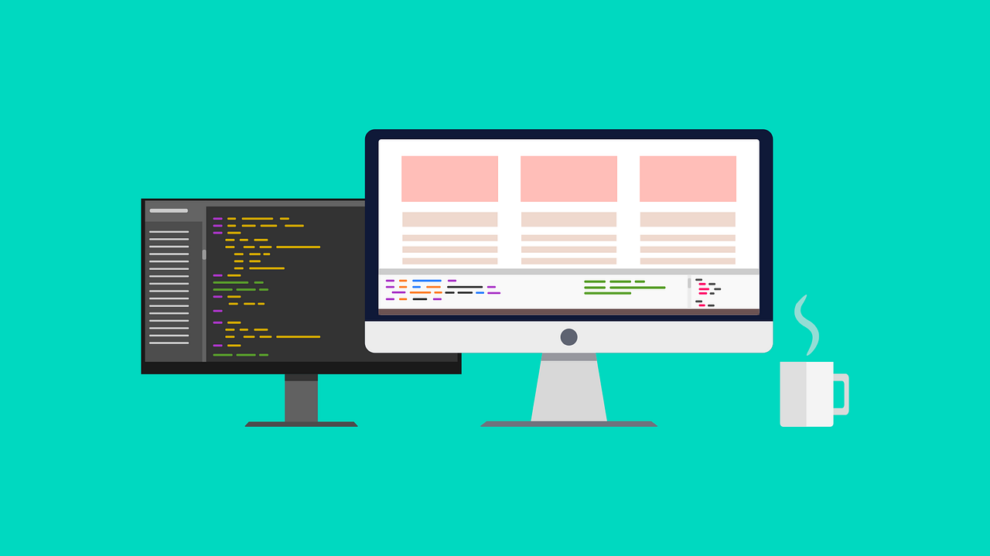Technology is progressing and evolving faster with futuristic technology such as artificial intelligence, machine learning, 5G, blockchain, and more already in practice. Such advancements have given way to various trends that include improved technology, processes, and procedures leading to more optimal solutions. The web drives many trends within the tech industry at large, leading to a heavy emphasis on web development.
Several web development trends have been widely adopted around the world. Considering these 2020 trends have become popular among consumers, not following them can only lead to failure within the competitive marketplace.
So let’s have a closer and more detailed look at some of the top web development trends of 2020 and moving forward.
Trend #1: Progressive Web Application
Progressive web applications are the kind of apps that do not require downloading, but they still use modern features that deliver an experience close to that of an app. Although native apps have their benefits, companies or organizations working under a tight budget can use this cost-effective solution; since native applications have a longer development timeline along with a hefty cost.
Progressive web applications, also known as PWAs, can provide the following benefits.
- Great User Engagement: Web applications as such provide owners with the opportunity to engage their users. With user-generated content, they can analyze user behavior and then can make better decisions.
- Offline Mode: PWAs have an offline mode allowing users to browse without an internet connection which makes everything easy for when you have to browse but have a weak internet connection.
- Security: PWAs make use of the HTTPS protocol, ensuring maximum security.
- Speed: PWAs are speed optimized, reducing page loading times.
Trend #2: Push Notifications
Push notifications are one of the top methods for boosting user engagement. However, they can be a double-edged sword that can harm your business if used unwisely.
Push notifications allow a brand to send regular messages that include personalized offers, customized discounts, news, and friendly reminders. Of course, one of the most crucial aspects is the ‘frequency’ of your messages. If done too often and excessively, then your PWA can be deleted and forgotten.
On the bright side, you can even incorporate a call-to-action button into those notifications. This increases the chances of users engaging with your content and, ultimately, with your website.
Trend #3: Artificial Intelligence and Chatbots
AI’s future is as bright as the sun – deemed futuristic, this is the way forward. AI, as many of you know, is the effort of replicating human intelligence by teaching or programming machines and algorithms to behave human-like.
AI applications are used within many industries, including healthcare, and are capable of analyzing voice and other data inputs to make smart decisions.
Chatbots with AI-infused algorithms also have the capability to run independently without any human supervision and answer user queries with extreme precision. Such chatbots have proven to be specifically useful for eCommerce websites and mobile applications.
Trend #4: Single-Page Application
A single-page application, also known as SPA, is an app that doesn’t require reloading the page when it’s in use. It works within a browser reducing the page loading time by only updating the required content. The majority of the resources are loaded just once during the entire lifespan of an app, and then only data is transmitted back and forth upon user request.
Such SPAs benefit businesses looking for high speed and an adaptable layout, providing a better user experience and boosting conversions.
Trend #5: Cybersecurity
A world thriving on digitization with un-measurable data sent and received over networks opens a gateway for potential attacks and data thefts. Hence the need for a robust cybersecurity infrastructure became a necessity and a trend which no organization can ignore.
With better and improved technology over the years, cyberattacks have also grown more sophisticated, becoming more damaging than ever before.
With confidential data and company secrets vulnerable to cyber theft, cybersecurity has introduced new protection methods with AI technology, leading to the prediction and identification of threats beforehand.
Trend #6: Augmented and Virtual Reality
Possibly the most exciting trend of the year, likely to continue well into 2021 with the same popularity, is AR/VR technology. Although we haven’t yet transcended into a world like ‘The Jetsons,’ AR/VR show promise.
How are AR and VR different from each other? AR overlays the real world as seen through a camera or a smartphone with digital elements – e.g Pokemon Go. VR, on the other hand, can be described as an imagined environment that take you into another world altogether.
How do these two fare in terms of usage?
- Virtual Reality is already in-use within the healthcare industry. It will be a common form of therapy for patients suffering from anxiety disorders, some form of phobias, and autism in the coming years.
- The education sector also benefits from VR/AR in distance learning and interactive learning.
- AR/VR streaming lag will be reduced or eliminated with the use of faster 5G networks.
Keep in mind that the future of web development is a variable, meaning it will constantly be changing and evolving. Organizations looking to leverage web development for business development should keep up with trends to have a competitive advantage.





